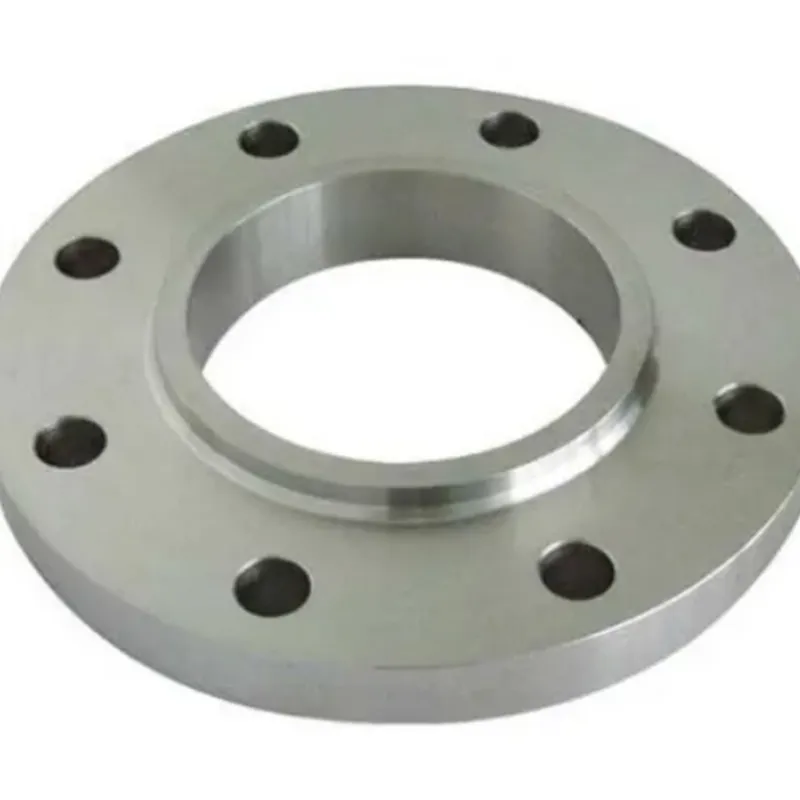-
Cangzhou Yulong Steel Co., Ltd.
-
Phone:
+86 13303177267 -
Email:
admin@ylsteelfittings.com
- English
- Arabic
- Italian
- Spanish
- Portuguese
- German
- kazakh
- Persian
- Greek
- French
- Russian
- Polish
- Thai
- Indonesian
- Vietnamese
- Zulu
- Korean
- Uzbek
- Hindi
- Serbian
- Malay
- Ukrainian
- Gujarati
- Haitian Creole
- hausa
- hawaiian
- Hebrew
- Miao
- Hungarian
- Icelandic
- igbo
- irish
- Japanese
- Javanese
- Kannada
- Khmer
- Rwandese
- Afrikaans
- Albanian
- Amharic
- Armenian
- Azerbaijani
- Basque
- Belarusian
- Bengali
- Bosnian
- Bulgarian
- Catalan
- Cebuano
- China
- China (Taiwan)
- Corsican
- Croatian
- Czech
- Danish
- Esperanto
- Estonian
- Finnish
- Frisian
- Galician
- Georgian
- Kurdish
- Kyrgyz
- Lao
- Latin
- Latvian
- Lithuanian
- Luxembourgish
- Macedonian
- Malgashi
- Malayalam
- Maltese
- Maori
- Marathi
- Mongolian
- Myanmar
- Nepali
- Norwegian
- Norwegian
- Occitan
- Pashto
- Dutch
- Punjabi
- Romanian
- Samoan
- Scottish Gaelic
- Sesotho
- Shona
- Sindhi
- Sinhala
- Slovak
- Slovenian
- Somali
- Sundanese
- Swahili
- Swedish
- Tagalog
- Tajik
- Tamil
- Tatar
- Telugu
- Turkish
- Turkmen
- Urdu
- Uighur
- Welsh
- Bantu
- Yiddish
- Yoruba

Jul . 27, 2024 01:43 Back to list
Comprehensive Guide to Various Types of Pipe Flanges and Their Applications in Piping Systems
Understanding Pipe Flange Types A Guide
Pipe flanges are crucial components in the piping industry, facilitating the connection between different sections of piping systems or connecting pipes to various types of equipment. With a variety of flange types available, each is designed to serve specific functions, ensuring the integrity, reliability, and efficiency of fluid transport. In this article, we will explore the different types of pipe flanges, their applications, and considerations for choosing the right flange for your project.
1. Weld Neck Flange
Weld neck flanges are characterized by a long tapered neck that can be welded to the pipe. They are designed to accommodate high pressures and temperatures, making them a popular choice for critical applications. The smooth transition reduces stress concentrations, which enhances the overall strength of the joint. They are commonly used in industries such as oil and gas, chemical, and power generation.
2. Slip-On Flange
Slip-on flanges are easy to install and are designed to slip over the pipe before being welded in place. They are often used in low-pressure applications and are cost-effective due to their simple design. However, they may not be ideal for high-stress scenarios since they can develop leakage over time. Slip-on flanges are frequently used in plumbing and water distribution systems.
3. Blind Flange
Blind flanges are flat flanges with no holes in the center, allowing them to block the end of a pipe, valve, or pressure vessel. They are used when a sealed connection is necessary and when future access may be needed. Blind flanges are essential in systems where sections may be removed or inspected without having to dismantle the entire assembly.
4
. Socket Weld Flangepipe flange types

Socket weld flanges are designed for use with small-diameter piping systems. The pipe is inserted into the flange socket and then welded around the joint, providing a strong and durable connection. This type of flange is often employed in high-pressure applications in the oil and gas industry. Its compact design and maximum strength make it suitable for critical systems.
5. Lap Joint Flange
Lap joint flanges consist of two components a stub end and a loose backing flange. The stub end is welded to the pipe, and the backing flange is free to rotate, allowing for easy alignment and assembly. This flexibility is particularly advantageous in applications where frequent disassembly is required for maintenance.
6. Raised Face and Flat Face Flanges
Flanges can also be categorized based on their face type. Raised face flanges have a raised area in the center, which provides a larger surface for sealing when bolted to another flange. This design enhances the strength and efficiency of the joint. In contrast, flat face flanges have a flat sealing surface, making them suitable for applications where the alignment of two flanges is critical, such as in low-pressure systems.
Choosing the Right Flange
When selecting a flange type, engineers must consider several factors, including the application’s pressure and temperature, the materials involved, and the need for disassembly. Choosing the right flange is essential to prevent leaks, ensure structural integrity, and accommodate operational demands.
Conclusion
In summary, the selection of pipe flange types is critical in designing efficient piping systems. Each flange type presents distinct advantages and applications, from the robust weld neck flange to the adaptable lap joint flange. Understanding these differences enables engineers to make informed decisions that enhance safety and reliability in fluid transport systems. Whether it's an industrial sector or a municipal application, recognizing the right type of flange can significantly affect the performance and longevity of the piping system.
Latest news
-
ANSI 150P SS304 SO FLANGE
NewsFeb.14,2025
-
ASTM A333GR6 STEEL PIPE
NewsJan.20,2025
-
ANSI B16.5 WELDING NECK FLANGE
NewsJan.15,2026
-
ANSI B16.5 SLIP-ON FLANGE
NewsApr.19,2024
-
SABS 1123 FLANGE
NewsJan.15,2025
-
DIN86044 PLATE FLANGE
NewsApr.19,2024
-
DIN2527 BLIND FLANGE
NewsApr.12,2024
-
JIS B2311 Butt-Welding Fittings LR/SR 45°/90° /180°Seamless/Weld
NewsApr.23,2024











